tv ratings
The US broadcast of American football’s Super Bowl secured an average television audience of 99.9 million on national network Fox, an increase of 1.7 per cent on the figure for last year's event.
The number for Super Bowl LIV between the Kansas City Chiefs and the San Francisco 49ers came to 102.1 million when taking into account the viewership on Spanish-language channel Fox Deportes and various digital streaming services.
The Chiefs produced an impressive comeback, scoring three touchdowns in the fourth quarter to win 31-20 and win their first Super Bowl in 50 years.
The 2019 contest between the New England Patriots and the Los Angeles Rams averaged 98.2 million viewers on CBS, the lowest figure for the big game since 2008.
This year’s Super Bowl recorded the first increase in overall viewing numbers for four years, with 148.5 million people across the country watching at least some of the action.
Sponsorship Landscape
Whilst spend on Super Bowl commercial advertising and media contracts continues to rake in significant funds for the NFL, sponsorship also remains a key driver of revenue for the organisation. Sponsorship of the NFL offers a great platform for a brand to promote its products or services throughout the whole NFL season, with a number of big name brands involved in the organisations portfolio. Anheuser Busch’s current five-year deal with the league stands as the most lucrative partnership, with the deal valued at $230 million a year, giving the brand pouring rights across all 32 team stadiums throughout the NFL season.
The brand uses the deal to primarily promote its Bud Light brand which is named as the leagues official beer. On top of this, Anheuser-Busch also holds individual team deals (including the Chicago Bears and Dallas Cowboys), enabling them to use the teams logos on their products cans. Other benefits of this deal see the brand serve as the official presenting partner on Thursday Night Football on CBS. Next to this, PepsiCo holds rights valued at $100 million, offering more food and beverage selling opportunities throughout the season, whilst deals with brands such as Nike and Oakley ($120 million and $75 million respectively) hold supplier contracts for shirts and eyewear products.
Whilst most of the major sponsorship deals for the Super Bowl are signed with the NFL for rights across the regular season and playoff stages, separate partnerships are also created with the host committee. These deals offer local brands the opportunity to be involved with the event in less costly manner, with opportunities to be involved helping to generate the buzz in the build up to the event.
Source: Sportcal
NFL Partners
One of the biggest changes to the NFL in the past 12 months has seen the organisation take a more relaxed stance towards partnerships related to brands in the gambling sector, in a move to catch up with the other big American sports leagues. In January 2019, the league announced Caesars Entertainment Corporation as its first ever official casino sponsor, with the deal reported to be worth $30 million a year. The league has previously had a strict no tolerance attitude towards gambling in the sport, with its tough line even seeing it refuse to run commercials by cities where betting was legal during the 2000’s. The NFL stands as the slowest of the major American sports leagues to capitalise on the country’s Supreme Court ruling that scrapped the ban on commercial sports betting. The country’s other major sports leagues, the NBA, MLB and NHL all signed deals with MGM Resorts prior to the NFL’s deal. Despite the legal ruling in the US, the NFL continues not to engage in sports betting, with the deal focused on casinos as entertainment and excludes betting on the sport.
The league introduced new legislation to relax its position on alcohol related product advertising in May. The new guidelines will enable beer brands to use images of players when marketing its products for the first time, although brands are still banned from using the sports stars to ‘endorse’ the products. Spirit and wine brands still face greater restrictions, but will now be able to use team logos and call themselves the ‘official category partner (e.g. Whiskey)’ of a team.
At the turn of the year, the NFL extended its sponsorship deal with financial services brand Visa until 2025, with the American brand set to remain the official payment services tech partner of the league. As part of that renewal, plans were put in place for the first cashless Super Bowl.
Oakley signed a four-year deal, which will see the brand become the official provider of shields and eyewear for all 32 teams.
Bon and Viv, owned by Anheuser-Busch InBev announced its new partnership with the league that will see the brand become the official hard seltzer sponsor of the NFL.
As part of its ongoing media strategy, the league partnered with Tik Tok, and will see the NFL set up its own account on the platform to deliver a range of short videos from across the league to fans across the globe.
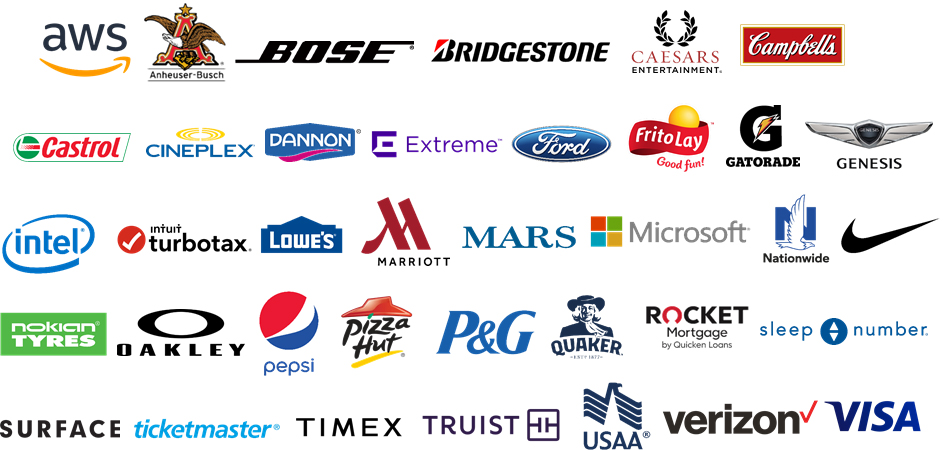
Source: Sportcal
Miami Host Committee Super Bowl Partners
Outside of the NFL’s wider sponsorship deals with some of the biggest brands in the world, the Super Bowl hosts formed a number of partnerships with smaller, more regional businesses, which worked on building the atmosphere outside of the action on the pitch in the weeks leading up to the game. Official Super Bowl events outside the Hard Rock Stadium in Miami ran for the two weeks prior to the action and were hosted by the NFL and Miami Super Bowl Host Committee (MSBHC). Activities at these events included community stages, night concerts, water shows, evening parades and fireworks extravaganzas.
Partners associated with the MSBHC were organised under four different categories: Official Partners, Signature Partners, Founders Council Partners, and Centennial Legacy Partners. These range in size and involvement with the Committee, with official partners more prominently used before running down to centennial legacy partners, which looked to promote local organisations and businesses. Examples of the deals include: Footprint, which served as the food ware products provider; Delivery Lean, the pre-packaged meals provider to all 10,000 event volunteers; SaferWatch, the official safety app, used by staff and volunteers to monitor events, and aid attendees in reporting crimes; and Perry Ellis, as the official uniform provider to committee members.
Official Miami Host Committee Partners
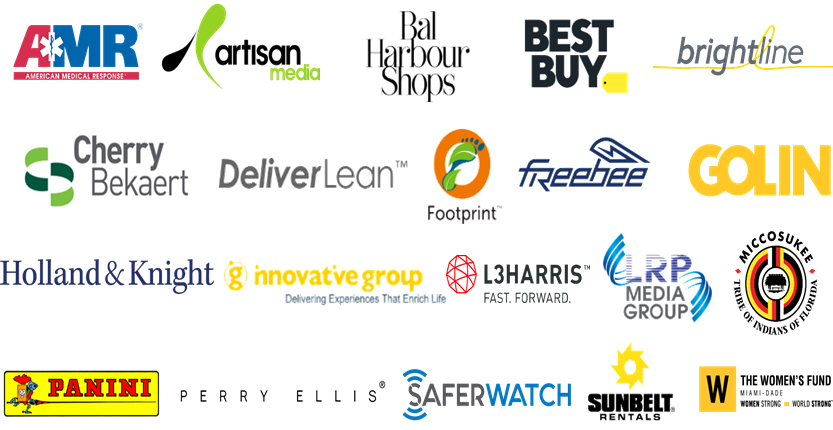
Signature Partners
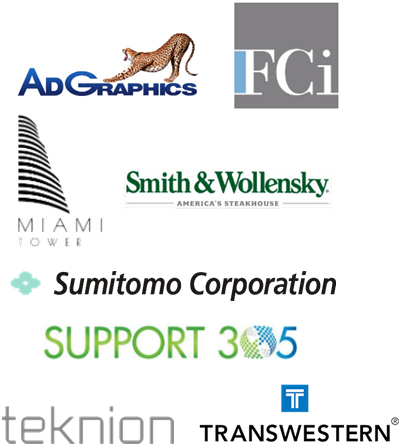
Founders Council Partners
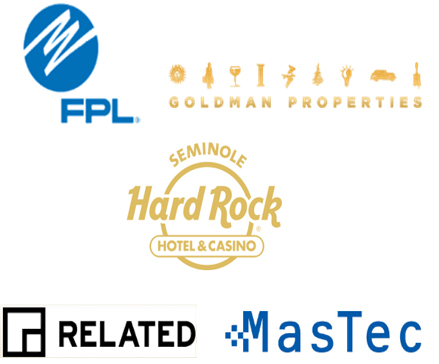
Centennial Legacy Partners
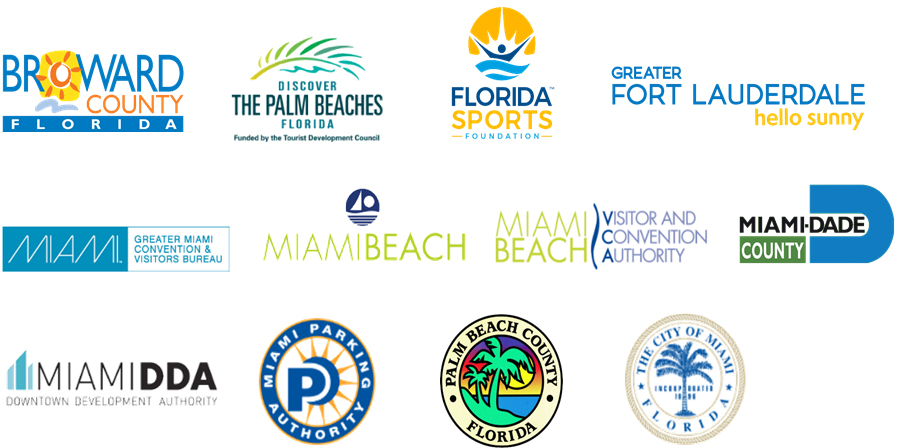
Source: Sportcal
Market Comparison
In terms of television audiences the Super Bowl stands as the most popular annual sporting event in the world, but its following has not translated in the same way to online popularity. Despite the draw of its showpiece event, the NFL holds a smaller social media following than both the Fifa World Cup and National Basketball Association (NBA). The NBA in particular stands out as the most popular sporting organisation in the States, with its combined following in excess of 111 million, almost double that of the NFL’s.
The organisation also falls behind in the online media stakes on an individual team basis, with this year’s Super Bowl finalists holding a combined following of 12.31 million, three times smaller than the most recent NBA Finals teams (39.54 million). Despite this, the NFL remains one of the biggest sporting properties in the States, with its online following still ahead of Major League Baseball (MLB) and the National Hockey League’s (NHL) following combined.
Social media following
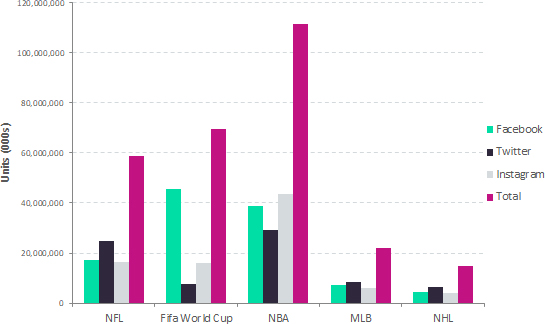
Source: Sportcal
Venues
In total the Super Bowl has been held in 27 different stadiums, of which 12 have acted as the host on multiple occasions. The Mercedes-Benz Superdome stands as the most prominent host venue in the events history, hosting on seven separate occasions, most recently in 2013 and is lined up to stage the 2024 edition of the competition.
Traditionally the NFL looks to stage the Super Bowl in stadiums of warmer climates, while the host city must also be capable of dealing with the huge influx of visitors. For this reason, the Super Bowl has only been held in Northern states on six occasions, as the warmer climate in the southern states seen as more hospitable in winter time. In total there has been only ten states that have hosted the event, with Florida acting as the most prominent (on 15 occasions).
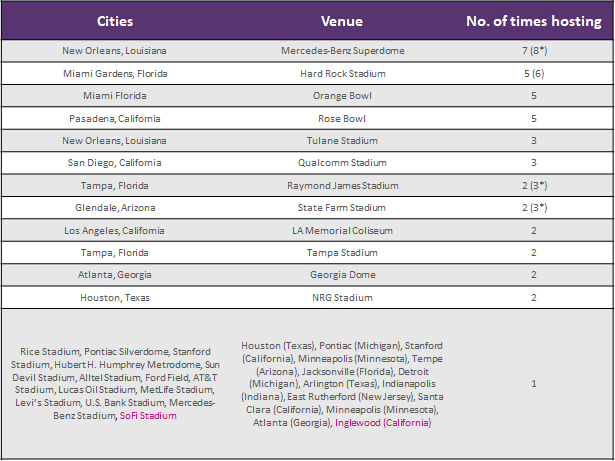
Source: Sportcal